Northern Bald Ibis Facts
- This visually distinctive avian remains best known by the descriptive common name of the Northern Bald Ibis. It does have other, less frequently used non-technical names, though. These include the shorter monikers of the waldrapp and the hermit ibis.
- In scientific circles, however, it’s generally better known by its official title. That’s the somewhat hard to pronounce term of Geronticus eremita. Regardless of which name one chooses to use when referring to it, the bird represents an intriguing species.
- The animal owes its formal name to the efforts of a highly respected individual. That’s due to the fact that the eminent Swedish researcher, Carl Linnaeus, made the first official recognition of it as a separate and distinct species. This he managed in 1758.
- Sadly, its population numbers plummeted to fewer than 1,000 specimens in the wild in previous decades. Conservation and reintroduction efforts began in the 1990’s, however. Estimates also place around 2,000 individuals currently living in captivity.
- Due to its dire predicament, the IUCN originally listed the animal as Critically Endangered on its Red List. Thanks to the still ongoing efforts of several groups, the organization later upgraded that status. The creature now lists as Endangered.
- Understandably, given its delicate status, the Northern Bald Ibis faces numerous threats to its existence in the wild. Habitat loss and hunting natually represent serious dangers to the bird. Its greatest threat now, however, likely comes from climate change.
Related Articles
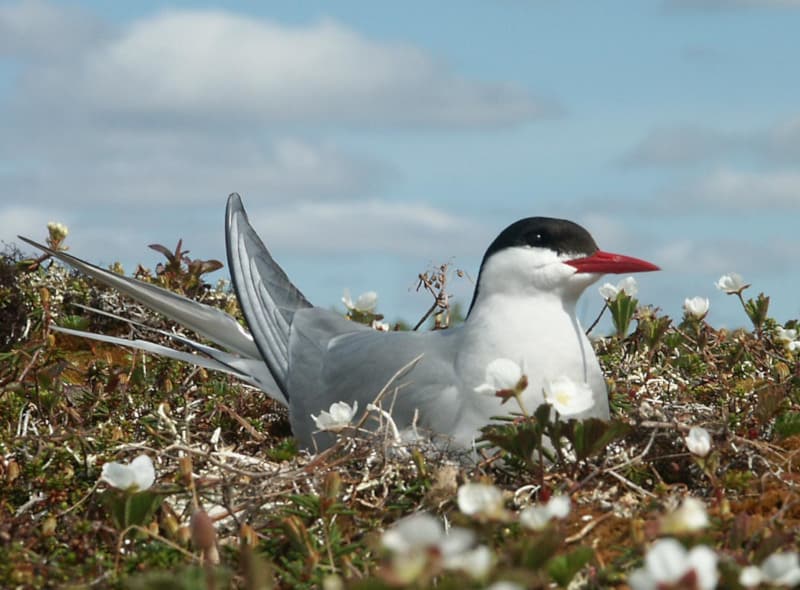
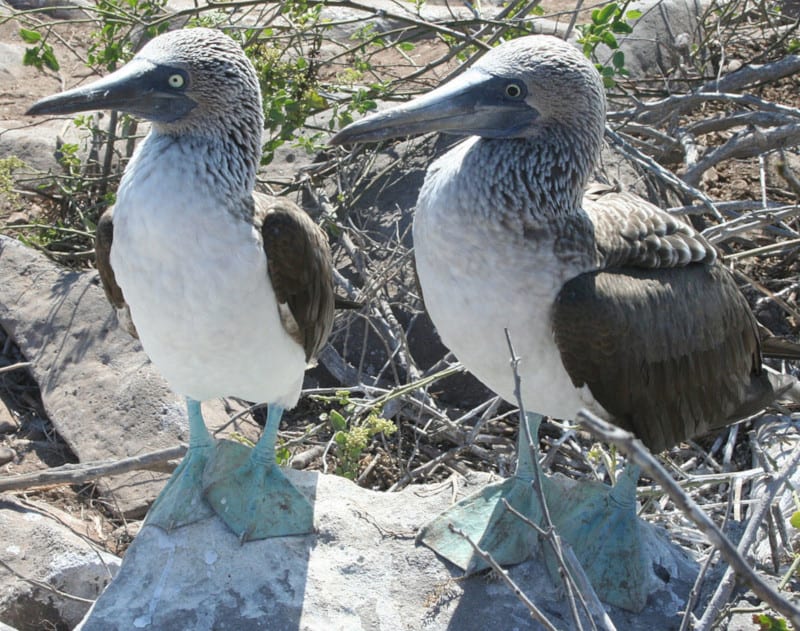
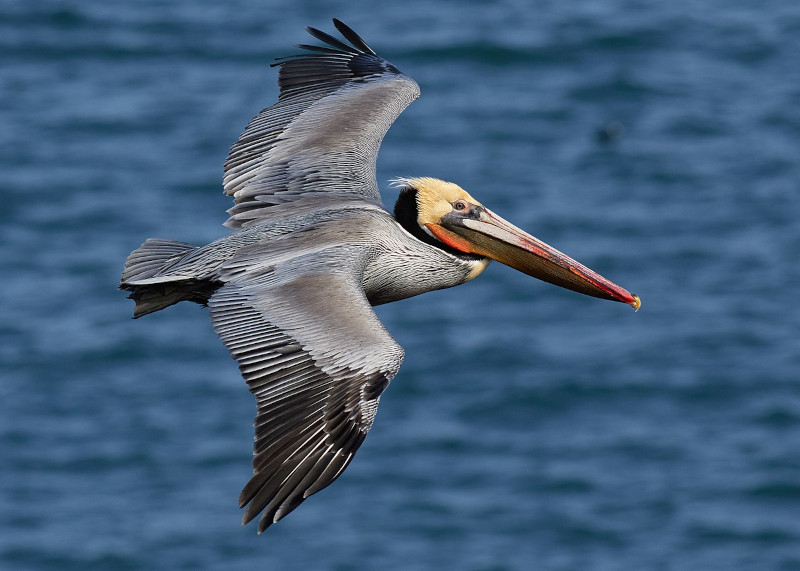
Northern Bald Ibis Physical Description
The remarkable Northern Bald Ibis quickly impresses those fortunate enough to encounter it, especially in the wild. Unlike some species, though, it does so for a combination of several reasons. One of those is its sheer physical size for a bird still capable of sustained flight.
Like many of its winged relatives, however, it does display a certain degree of the physiological trait of sexual dimorphism. In its case, this trait manifests itself in terms of simple physical dimensions. More precisely, males average a larger size than females.
That basic physical difference ranks as comparatively minor, though. Males of the somewhat surprising species attain an average wingspan measuring approximately 53 in (135 cm). Females of the animal, meanwhile, reach an average wingspan of only 49 in (125 cm).
In terms of plumage, at least, the genders remain virtually indistiguishable. This aspect presents as a predominantly black background. The feathers do, however, typically possess a slight iridescent quality. This generally appears as either a violet or a bronze-green.
Individuals of the Northern Bald Ibis also most commonly display one more gender-based physical difference. In this respect, the avian follows the pattern of other varieties of ibis. The beaks of the males grow to a greater length than those of their female counterparts.
Other noteworthy physical traits of the species include shorter legs than most ibises. But perhaps its most noteworthy visual trait centers on the head and face. These parts of the body display a lack of feathers, and obviously serves as the source of the common name.
- Kingdom: Animalia
- Phylum: Chordata
- Class: Aves
- Order: Pelecaniformes
- Family: Threskiornithidae
- Genus: Geronticus
- Species: G. erimita
Northern Bald Ibis Distribution, Habitat, and Ecology
The Northern Bald Ibis currently lays claim to an extremely limited zone of habitation. That specific zone does remain well known for its remarkable species, however. That area of habitation, though, presently consist of a very small portion of the continent of Africa.
Presently, the visually distinctive animal appears in the wild only in the country of Morocco. Previously, however, it occupied a much more extensive range. That’s because populations of the animal once covered much of both Europe and portions of the Middle East.
Like most species, it displays decided preferences in its choice of habitat type. It does, however, further distinguish itself from its many cousins in this regard. Most other varieties of ibis prefer wetlands for their home. This bird, though, prefers undisturbed cliff ledges.
This particular environment also plays another role in its life cycle. That’s because the location places the population in close proximity to local areas of steppe. Such a precise and specific combination represents an important evolutionary requirement for this bird.
The Northern Bald Ibis feeds only in dry, now often grazed areas. This frequently consists of fallow fields and semi-arid steppes. Having evolved as a carnivore, it often consumes small prey, such as lizards and ground birds. It also consumes small invertebrates, such as snails.
The species also has a relatively gregarious nature and lives in small groups or colonies. Pairing typically occurs between 3-5 years of age. These birds usually mate for life, and both genders share in raising the young. In the wild, an average individual lives for 10 -15 years.
Species Sharing Its Range
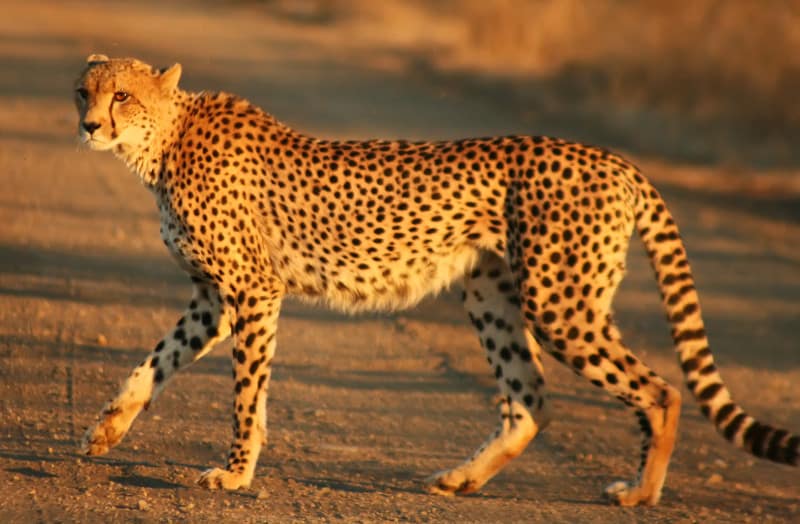
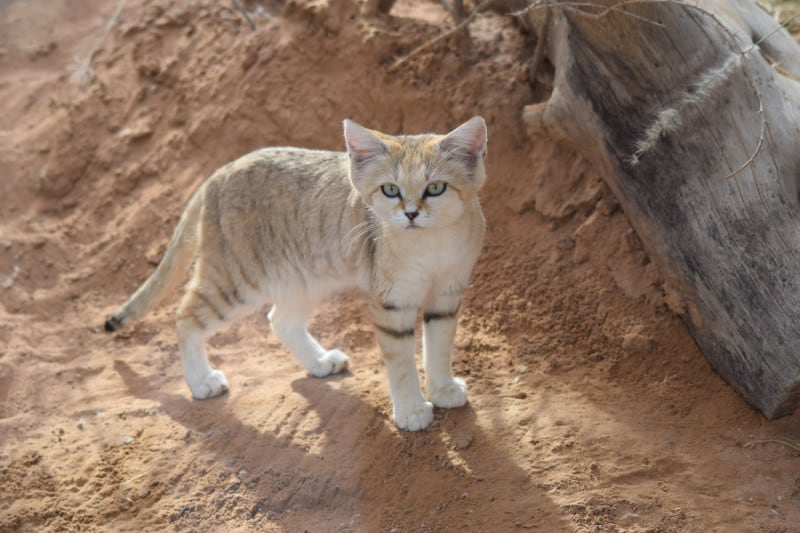
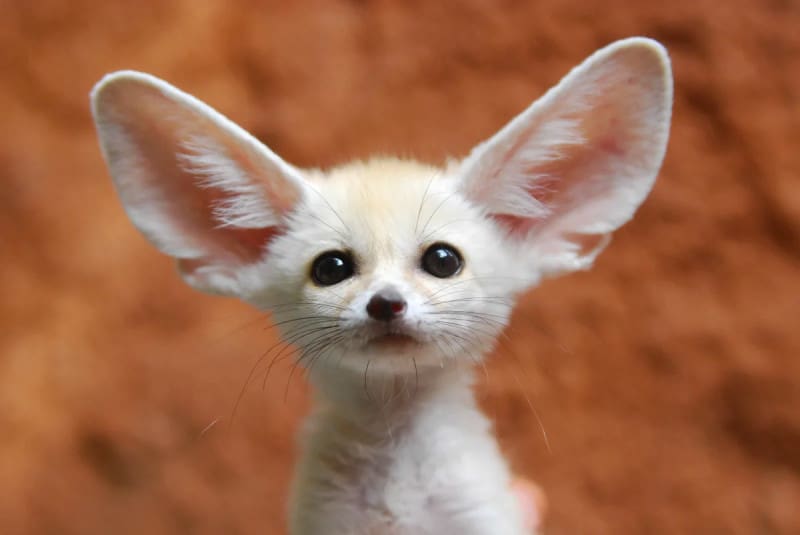
Check out our other articles on 6 Incredible Asian Islands, Gulper Eel, Eye of the Sahara, Pinta Island Tortoise, Wood Frog, Hibiscus Harlequin Bug, Nepenthes pervillei, Maned Wolf
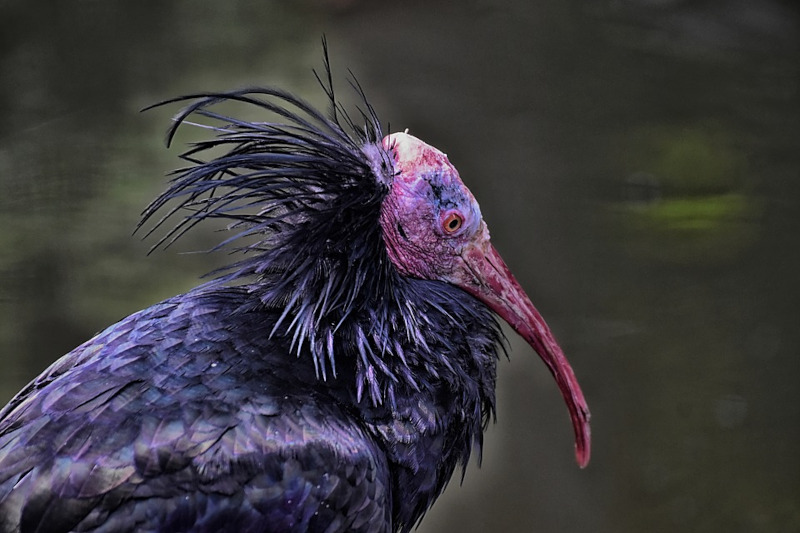
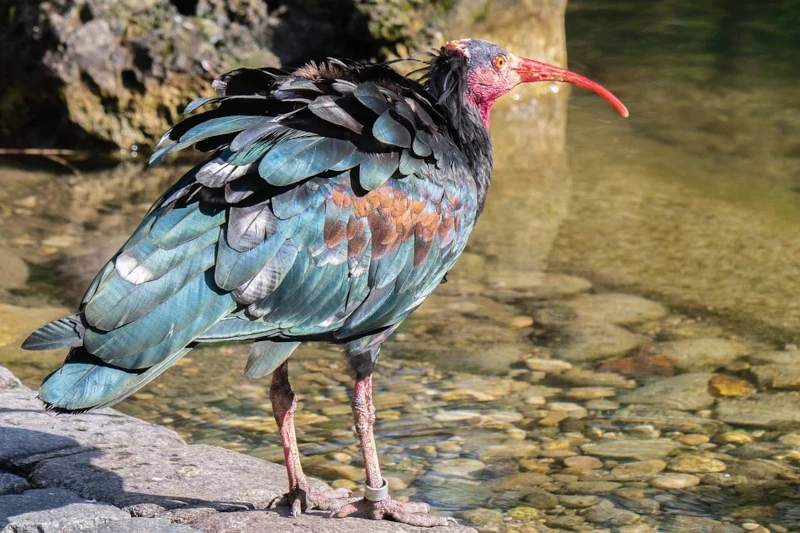
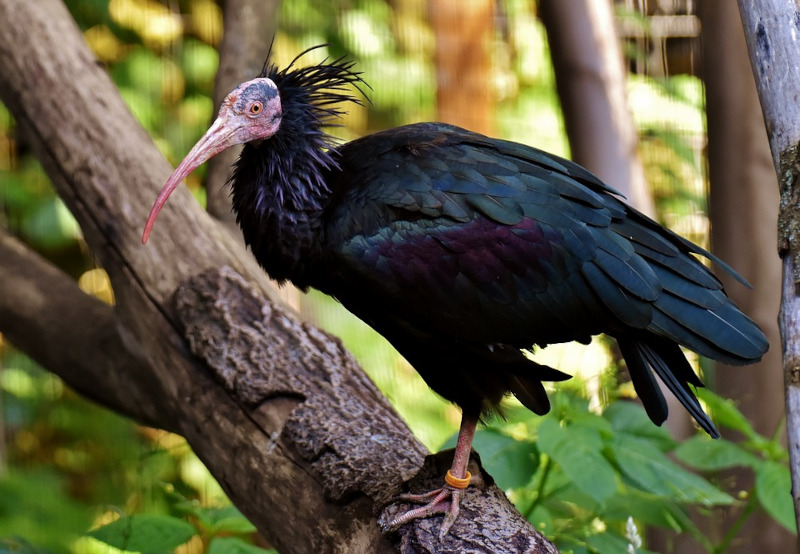









Leave a Reply